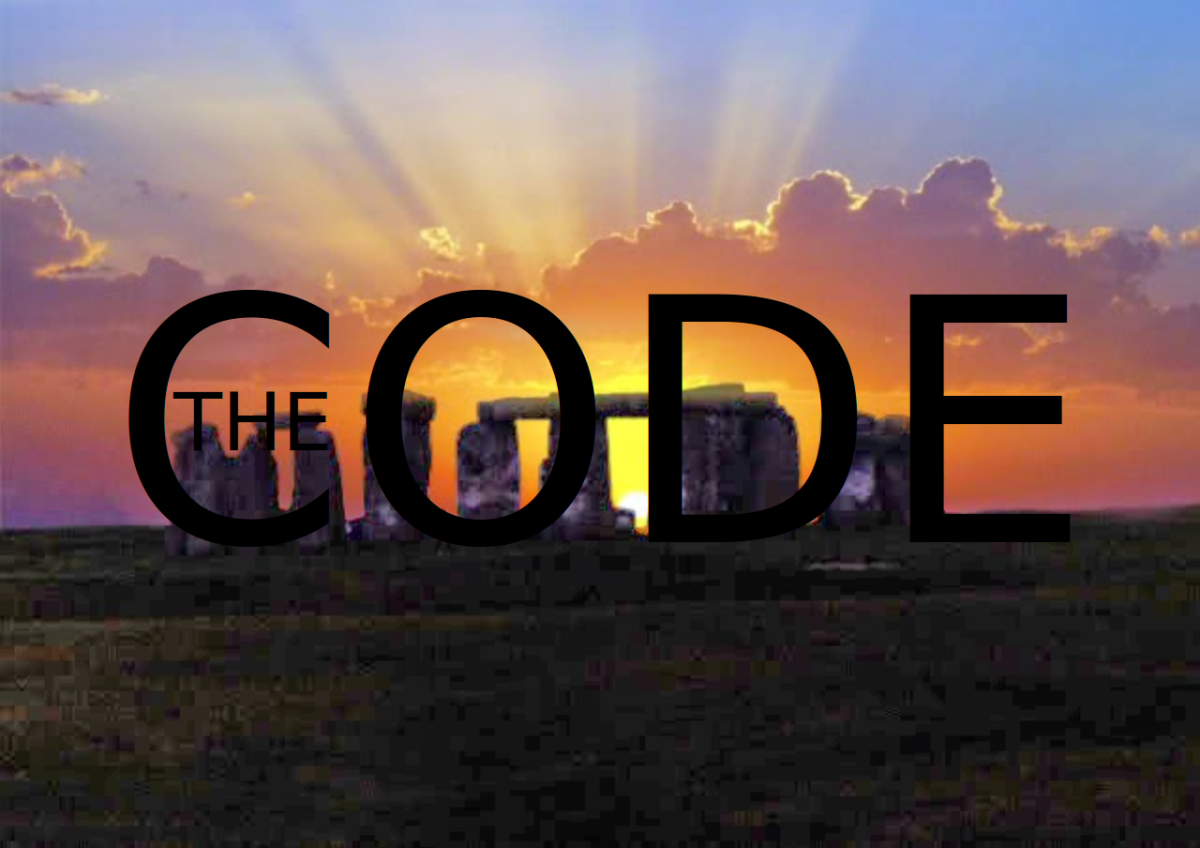The Voynich Manuscript and Other Interesting Oddities in History
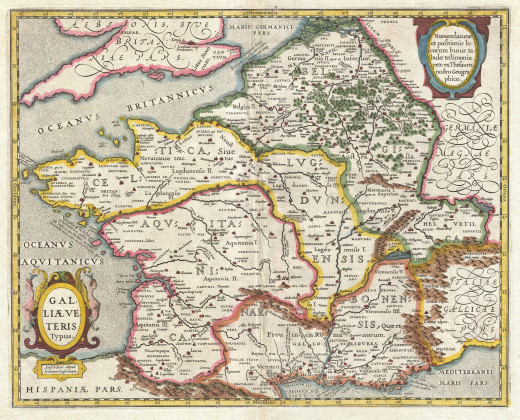
History is one of my favorite subjects. From the Black Plague to Cleopatra and her asp, I find nearly all of it fascinating.
History is full of great mysteries. For example, no one really knows why Stonehenge was built. No one knows what happened to the lost colony of Roanoke. How did they build the great pyramids of Egypt? What happened to the Mayans?
Those are some of the most discussed and familiar of history's mysteries, but what of the ones that are off the beaten path?
Fortunately for you, I live off the beaten path, and I love a good mystery. So here are my top five favorite mysteries of history, in no particular order.
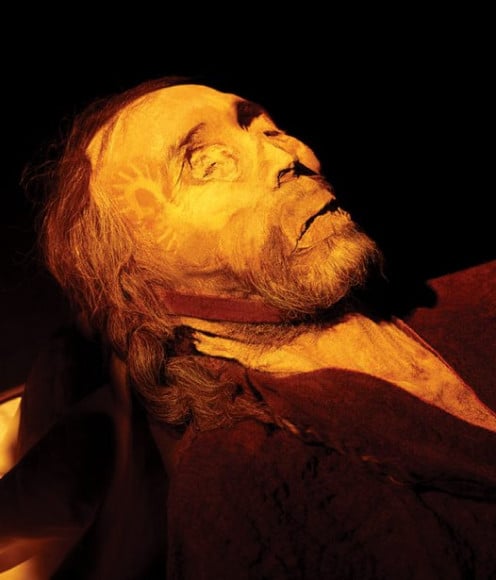
5. The Tarim Mummies
Mummies from ancient times, though rare, are not unheard of. The Tarim Mummies, however, are very different.
Found in a desert in China and dating from as far back as 1900 BC, the oldest of these mummies are the remains of noticeably Caucasian people. Some were even blond or red haired. Clothing found with some of the Tarim mummies indicates that the people may have originated as far West as modern day Switzerland.
The questions many have are: What were people of Western European descent doing in ancient China? Are these the people that brought Buddhism to China?
The discovery of these mummies has led to some ethnic controversy in China, and could possibly affect people's claims of being native to the area. Genetic testing is not 100% conclusive in relating those people to the mummies.

4. The Voynich Manuscript
The Voynich Manuscript is a book that is officially dated to about the early fifteenth century. It depicts plants, astrology and biology, among other things, and is illustrated. What makes it unique is that it is written in an undecipherable language, and the plant life in the book does not resemble any known species. No one knows exactly where it came from and no one knows who wrote it or why.
There are theories upon theories upon theories of where this book came from and what it's purpose is. The book may have been purchased by Rudolph II, a Holy Roman Emperor who had an interest in the occult. It has been passed through many hands over the centuries and eventually found it's way to Wilfred Voynich, a Polish scholar from whom the book got it's current name.
All attempts to translate or decode this book over the centuries have failed. Professional cryptographers have been unable to crack the code. Though the book could be pure gibberish, many think it is not, and may be able to be decoded with a Cardan grille, a special grid that reveals only certain letters. The problem with this theory is that the letters in the Voynich Manuscript are in no identifiable language.
There is also a popular theory that this book is a well-crafted hoax.
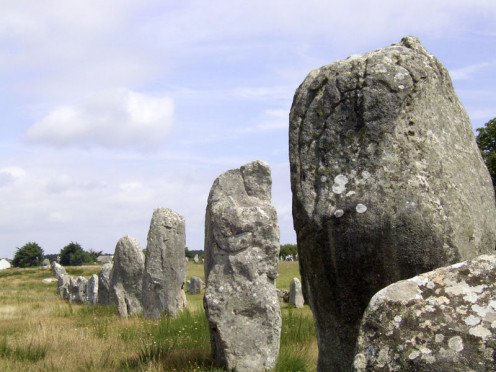
3. The Carnac Stones
The Carnac Stones are a series of megalithic sites in Brittany, France. There are over 3,000 stones in the collection, which is generally believed to date sometime between 4500 BC and 3300 BC which makes it older than Stonehenge.
The stones were cut from local rock and places in very specific alignments. Some of the placements are classic dolmens, or tombs. Though many of the stones are relatively small, some are huge. A panoramic photograph of most of the major 'alignments' shows that they resemble a graveyard but, with the exception of the dolmens, there is no evidence of anyone having been buried under them.
Over the years, conservation of the sites have cause some controversy. Though the Carnac Stones are prehistoric, some of them have been moved for fairly modern projects, such as the building of roads.
As with Stonehenge, the reason for the building of most the Carnac Stones is unknown.

2. The Bog Bodies
Bog Bodies are hundreds of human remains that have been mummified or, more correctly, tanned by their funerary placement in bogs in certain areas of Europe. They have been found in areas where there is high acidity in the water, little oxygen, lower temperatures and the presence of a specific kind of moss.
Some of the bodies are nearly perfectly preserved, and the faces of some of these people are so unmarred by time that it's nearly impossible to believe that they have rested in the bogs since the Iron Age. In fact, when some of the bodies were recovered prior to modern archaeology, the condition of the remains caused authorities to believe that they were recently deceased.
The real question with the Bog Bodies is: Why are thy there? In nearly all of the remains found, marks on the bodies indicate that the people died by violent means, nearly all were naked and some even showed signs of having been of higher class backgrounds. Many of the bodies have been pinned into the bog presumably to keep them from floating to the surface. It was not the tradition at the time to bury the dead in bogs.
Some historians have speculated that some of these bodies may be the results of ritualistic killings, such as human sacrifices. Some of the Bog Bodies showed signs of having had some of their internal organs removed, which indicates the possibility of ancient fortune telling using the intestines of animals - in this case, humans.
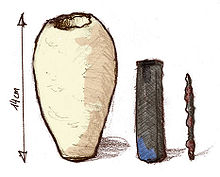
1. The Baghdad Battery
The Baghdad Battery is considered an Out of Place Artifact, or OOPART, because it is something that existed in a time when the technology required to produce it was inadequate for it's invention.
The Baghdad Battery, also referred to as the Parthian Battery, is a term for several of these artifacts that have been discovered in and around Iraq. They date to somewhere between the years 224 and 640 AD as evidenced by the style of pottery. They consist of terracotta jars with iron nails that are wrapped in copper sheeting. Theoretically, these 'batteries' may have been used as electricity sources for electroplating one metal onto another. Although this theory has been proven possible by TV's Mythbusters, no examples of electroplate from this era or geographic location have ever been found.
Electroplating is not the only theory that possibly explains the Baghdad Battery. They could have had no other purpose then the storage of important scrolls.
Either way, the Baghdad Battery is definitely food for thought.
© 2012 Georgie Lowery



